An Advance Birders Guide to Sabah
For anyone who plans to take this mesmerising tropical journey, here is an advanced guide on birdwatching in Sabah and to prepare you for one of the best birding adventures on the island of Borneo. Birding in this part of the world will require anywhere from five to 30-days, and there are several options available for all kinds of birders.
If you are a beginner or still new to birding, you may want to read the first-time birdwatchers guide to Sabah as that would be highly suitable for new birders or anyone who enjoys casual birding. And if you are planning to bring your family along, this is also achievable as you can enjoy both birding while seeing some of the unique wildlife and beautiful destinations around Sabah.
In most cases, serious or advanced birders prefer a private bird guide or engage a birding tour company to arrange their birdwatching itinerary around Sabah. And this is usually an all-inclusive package from the time of pick-up to departing.
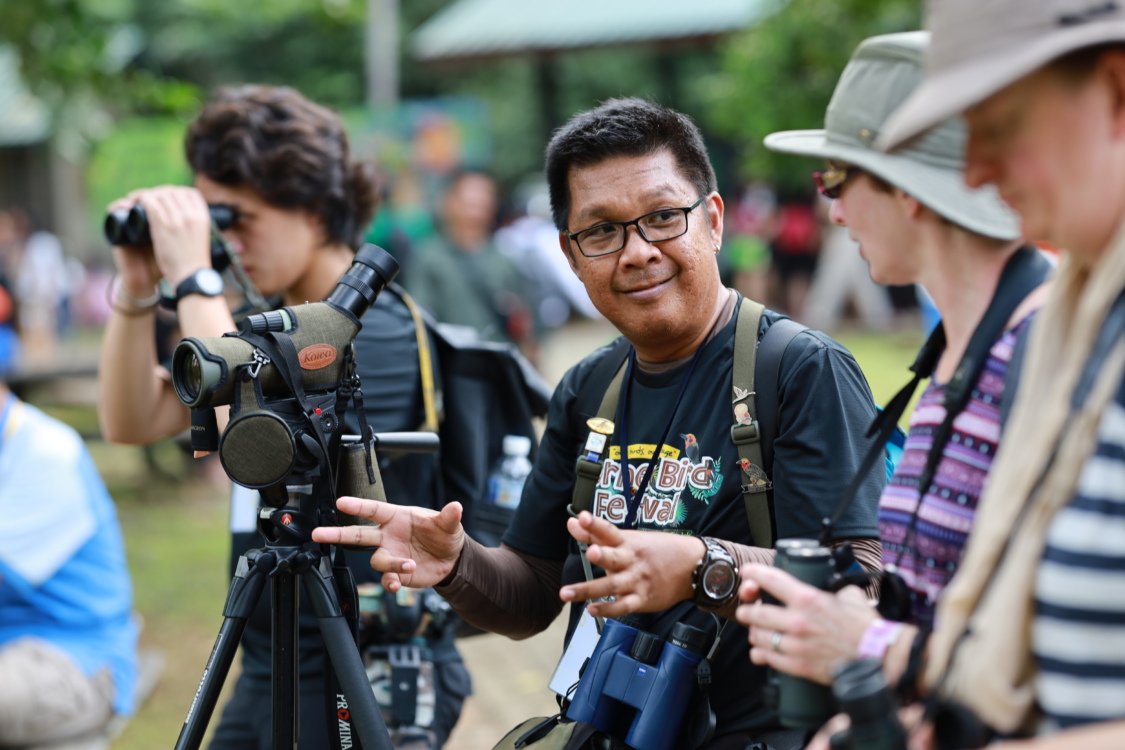
Bird Watching Locations for Advanced Birders
Below is a list of the most popular places for advanced or professional birders that plan to visit Sabah, and it details the overall logistics that are required. It also highlights what kind of birds can be spotted at these places. And further below will be additional information about what type of birding you can do.
1.Mount Kinabalu National Park
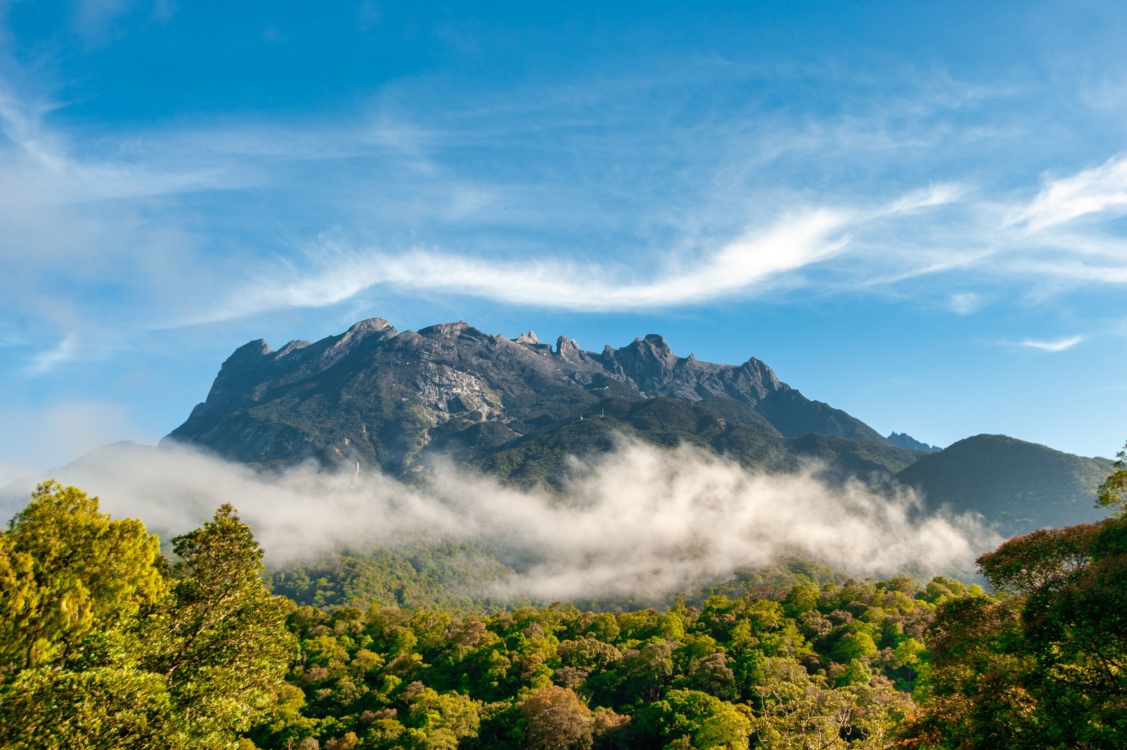
The icon of Sabah and a UNESCO World Heritage Site that offers 326 species of birds ranging from lowland rainforest to montane or sub-alpine birds. The national park also provides park accommodations that are resort-style and is only two hours’ drive from the city of Kota Kinabalu, which will also be your port of entry into Sabah.
Kinabalu National Park provides numerous nature and birding trails categorised as easy to medium, while familiar roads around the park provide great birding walks. Speak to the park headquarters if a bird guide is available.
Weather is cooland averages 16 to 20 Celsius (61 to 68 Fahrenheit), making it the perfect condition for walking around. The average time required for birding here depends on how many species you want to see, and typically, two to three days is good enough here.
2.Danum Valley
Danum is one of the best places in Sabah for an exciting birding adventure, as most of Sabah’s common, rare and endemic birdlife can be found in its lowland rainforest here. The virgin forest of Danum Valley Conservation Area is also the number one destination that most visiting birders or bird photographers prefer when they visit Sabah.
Danum Valley is listed as number 24 in the Malaysian IBA and offers an astounding 340 species of birds in this lowland virgin forest. One needs to book a package just for birding, and a minimum requirement is at least two nights here.
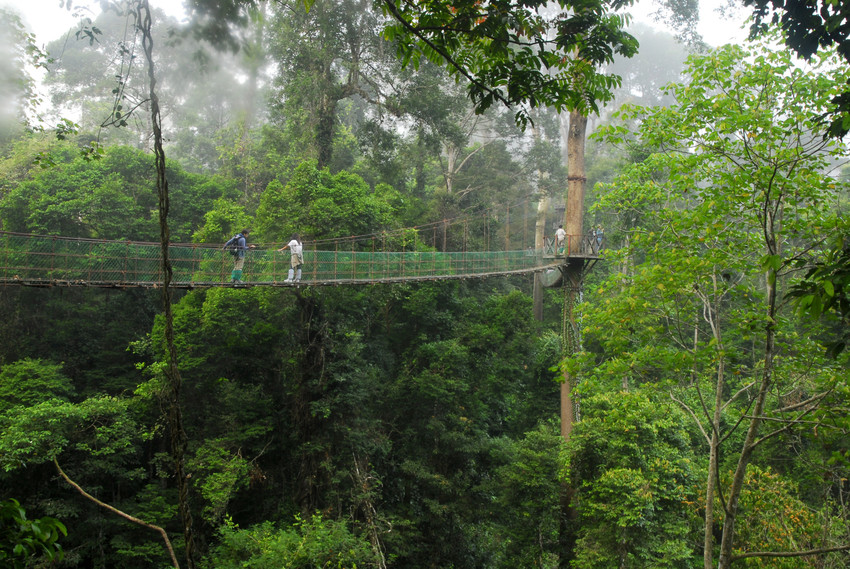
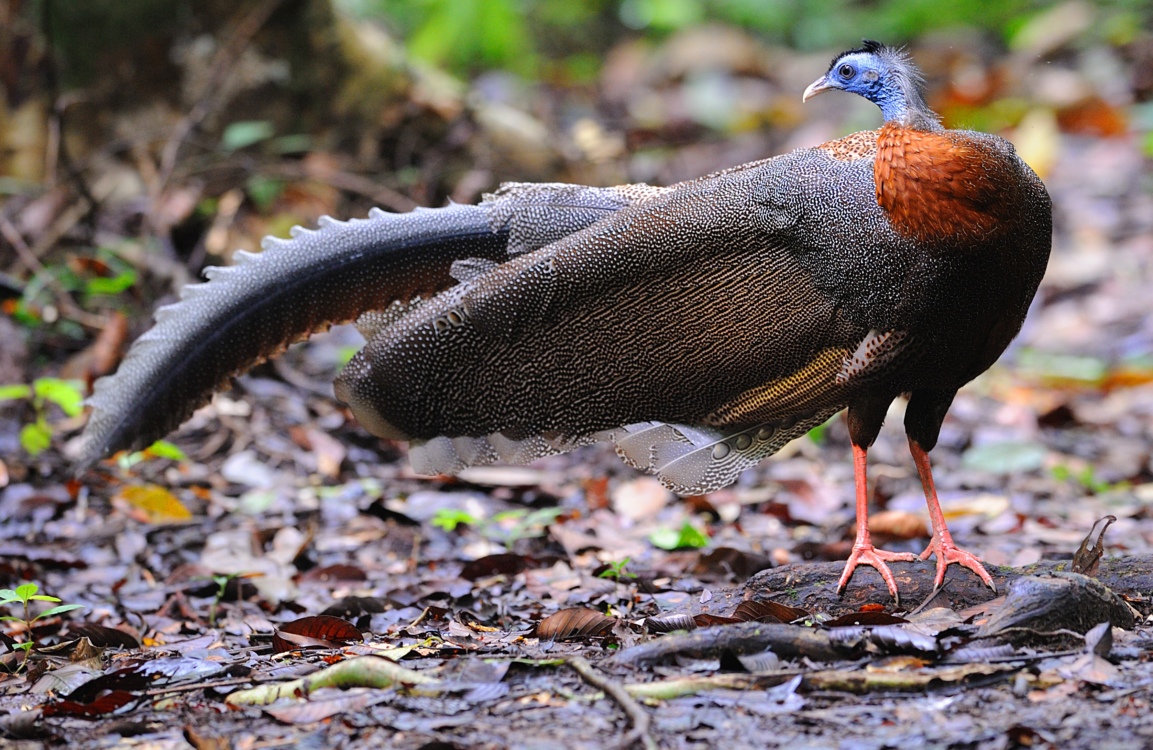
Danum’s stunning canopy walk mesmerises birders among the many birding locations here as it lies 260 metres above the forest floor. This provides excellent viewing points for canopy and top-level birds.
Birders will be able to spot up to six species of Pitta’s, two frogmouths, partridges, Great Argus, hornbills, woodpeckers and endemics such as the Bornean Bristlehead, Bornean Blue Flycatcher, Bornean Wren-Babbler and the Bornean Banded Pitta.
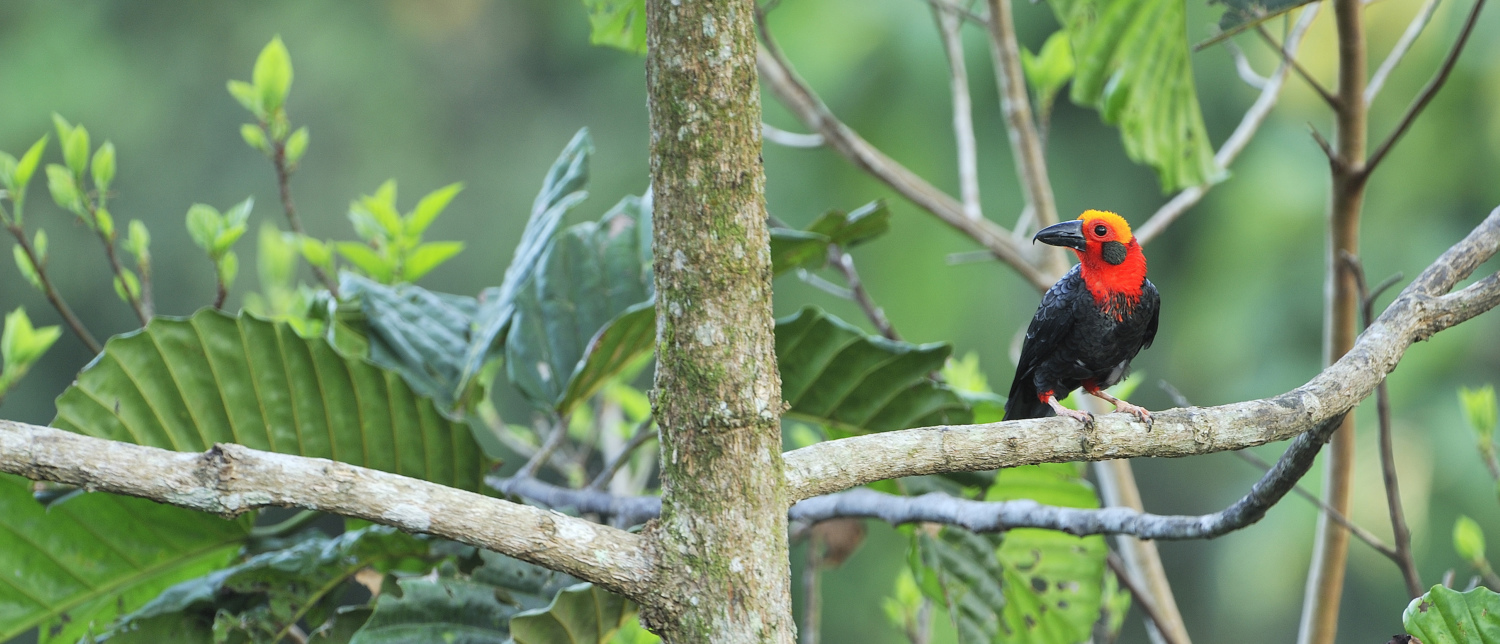
3.Tabin Wildlife Reserve
Over 300 birds have been recorded at the Tabin Wildlife Reserve on the east coast of Sabah and are genuinely a birder’s paradises. Tabin is also known to be the largest reserve in Sabah and is stunningly bigger than the Republic of Singapore in terms of landmass. You can find most birds listed in the Sabah checklist here, and if you are into Pitta’s, Tabin is also home to the Bornean Banded Pitta, Black-and-Crimson Pitta and Blue-headed Pitta.
Inside the reserve is the Tabin Wildlife Resort, catering to wildlife and nature lovers. Most birders that come here will spend around five to seven days as the area is enormous. Birding activities include moving around in an open-top 4×4 vehicle.
What makes Tabin desirable is that there is a primary forest, secondary forest and on the outskirts, palm oil plantation. Inside the core area, you can find a salt lake and mud volcano, which serves as a wildlife haven. And visiting here during the fruiting season is the ultimate bonus for bird watching or photography.
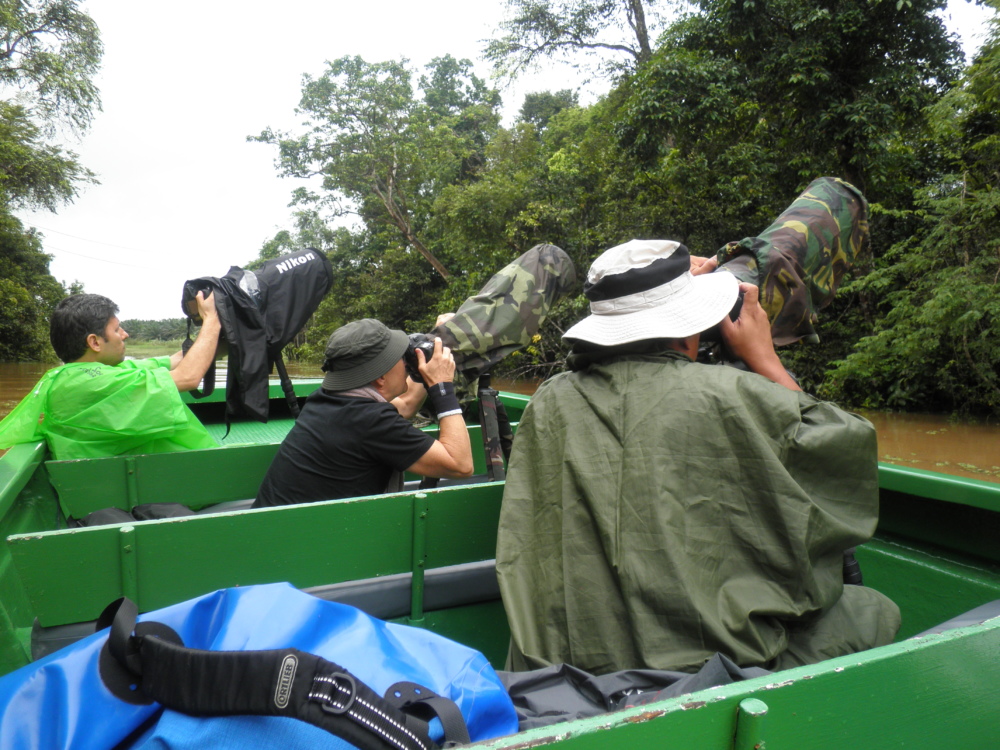
4.Kinabatangan River & Sukau
A well-known birders paradise is no other than the famous Kinabatangan River and Sukau, stretching for 560 kilometres passing through some of the dense rainforest conditions. However, the Lower Kinabatangan area is recommended for birding as it is home to over 240 species.
Most visiting birders or photographers will opt for a few days at Kinabatangan to spot some of Sabah’s most sought-after birds like Storms Stork, Dwarf Kingfisher, Malaysian Flycatcher, Black Hornbill and the majestic Rhinoceros Hornbill.
Along the core area of Kinabatangan, there are several nature lodges available, some basic and some on the higher end, which cater to all kinds of visitors. Birding is done mainly by boat along the main river and through the estuaries, and you can either book a private bird guide or book directly via the lodges here. Several wildlife and nature tour companies also sell birding packages to Kinabatangan and Sukau.
5.Maliau Basin Conservation Area
Known as the Lost World of Sabah, this incredible place is also one of the premier birding destinations that offer 270 species of birds that have been recorded here. The entire conservation area measures a whopping 588.4 square kilometres of primary and secondary rainforest and has only one lodging option available.
Here, birders can indeed explore the natural birding environment of the Bornean rainforest to spot birds like the Bornean Bristlehead, Bulwer’s Pheasant, Giant Pitta, Argus Pheasant and amazingly eight species of hornbills.
The basin is not open for walk-in visitors, and you need to engage a birding guide or bird tour to access this place. One of the stunning locations is the Canopy Treetop Walk at the studies centre area, where numerous birds and wildlife can be spotted and photographed.
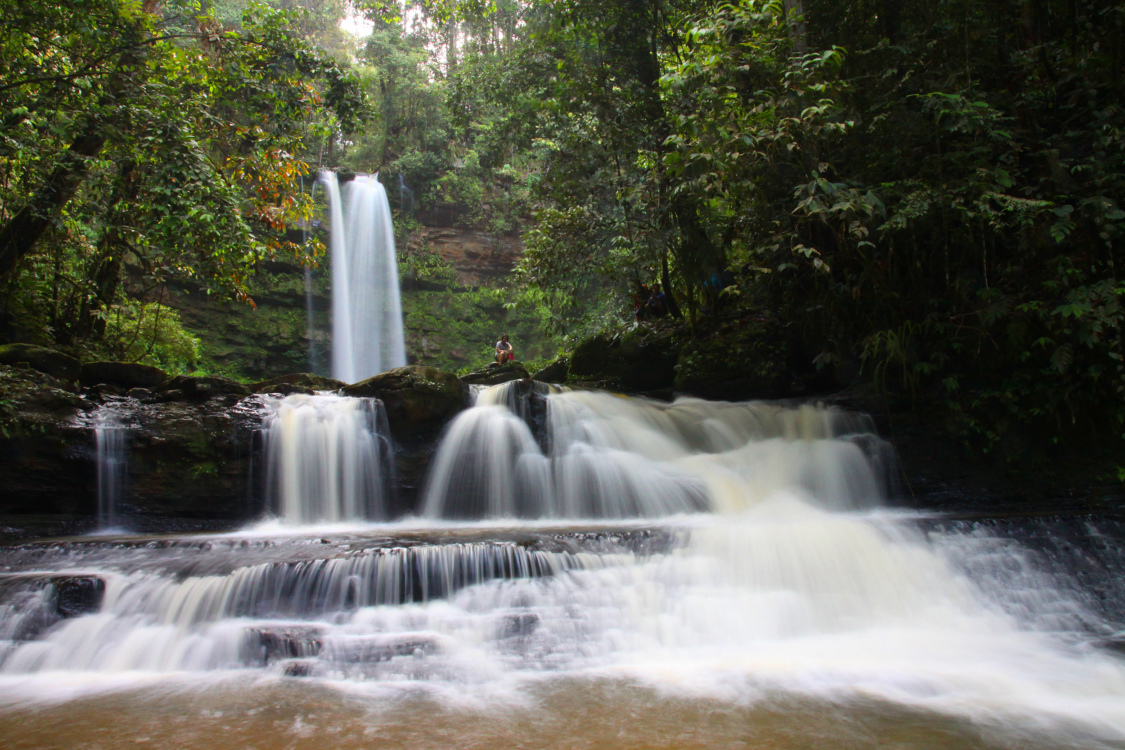
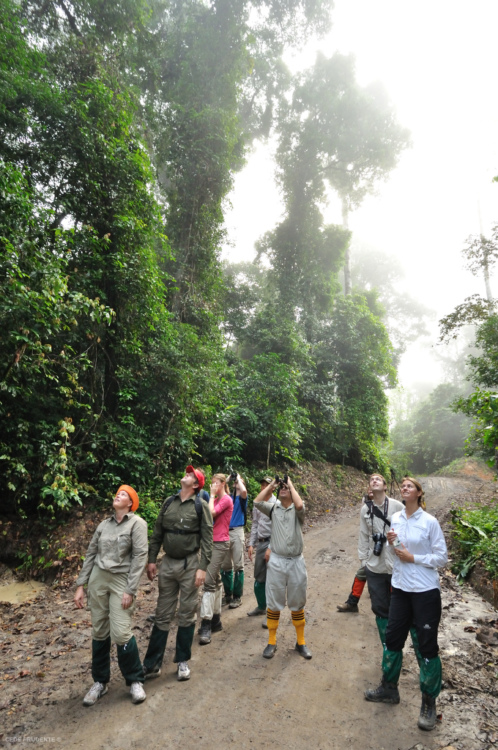
Birding at the Islands of Sabah
Sabah offers a fascinating 1,500 kilometres of coastline with many wildlife-rich islands that can be reached for sightings of unique and rare bird species. It also depends on maximising your bird checklist because the logistics of moving from island to land will take additional time.
For the professional or seasoned birders, the following are islands around Sabah and what kind of birds you can spot or photograph.
Pulau Tiga Island is just a short distance from Kota Kinabalu and is home to various hornbills and the White-bellied Sea Eagle. The Pulau Tiga Park comprises three islands—Pulau Tiga, Pulau Kalampunian Besar and Pulau Kalampunian Damit, situated in Kimanis Bay and gazetted as a national park in 1978.
Other birds you can find include the Philippine Megapode, frigate birds, terns, bulbuls, the occasional hornbills, sunbirds, Dollarbird and Starlings. You need to travel via road from Kota Kinabalu to Kuala Penyu and take a boat to the island to get here, while there are two resorts available here for overnight stays.
Pulau Mantanani Island is best known among wildlife enthusiasts for sightings of the famous Mantanani Scops Owl, as well as the roosting of thousands of frigatebirds that migrate to the island each year. The other birds found here include the Pied Imperial, Grey Imperial and Nicobar Pigeons, and the Philippine Megapode.
The beautiful tropical island is also accessible via Kota Kinabalu with a boat ride, and there are several resorts on the island. You need to spend at least one-night minimum at Mantanani Island for birding. This can be arranged by your bird guide or birding tour company.
Pulau Sipadan Island is known as one of the top five scuba diving sites globally and was also declared a bird sanctuary on 1st February 1933 by the colonial government of North Borneo and re-gazetted again in 1963 by the Malaysian government. The island is also an Important Birding Area (IBA), one of many in Malaysia.
Over 47 species have been documented on the 13.5-hectare site, including Terns, Frigates, Sandpipers, Plovers, Kingfishers, Pied Imperial pigeons, and Sea eagles. And just before the winter in China, the beautiful rainbow-coloured Nicobar pigeons migrate south from there take a rest on Sipadan Island. Another bird to spot is the Philippine Megapode which is often seen scavenging for fallen fruit.
To get to Sipadan Island, you need to book a specialised tour with a bird guide and make a day trip here as there is no lodging available on the island while no one is allowed to stay after 5.00 PM. Birders can either stay at a lodge or resort on Mabul Island or at a hotel in Semporna town. A boat ride from Semporna to Sipadan will take roughly 45 to 60 minutes one way. Renting a boat is costly, while there are marine park entry fees to pay as well.
Checklist and Preparation for Birding in Sabah
As most birders will already know what to prepare, this section is created to guide advanced birders new to Sabah. Just remember that Sabah sits near the equator and is a tropical climate area. It means that it can rain any time of the day, and it can also get quite humid, especially in the rainforest.
Equipment List
Most advanced or experienced birders will already know what is required for a long birding trip around Sabah. In terms of spotting and camera equipment, each birder has its preferences. However, in today’s technological advancements, mirrorless cameras and lenses are the way to go, and cities like Kota Kinabalu and Sandakan have specialised camera stores providing accessories like batteries, lenses, filters, tripods, etc. Just speak to your bird guide if you need more information.

Language Recommendations
English is a second language in Sabah and Malaysia, while Bahasa Malaysia is the national language. It means that all bird guides in Sabah speak good understandable English, which is essential to birders. However, local slang may sound different; therefore, spelling out or speaking slowly for complicated words is always good.
Dietary and Health Recommendations
Most foreigners to Borneo often overlook food and beverage while birding, especially your first time here. However, you should be pleased to know that Borneo was once under British rule; hence you can get western cuisine and western-fusion food around Sabah.
You need to highlight this to your bird guide or tour company, and they can make arrangements for your meals. Alcoholic beverages are available in most cities and towns and are at the birders’ own expense. You can buy beer and liquor from specific shops or convenient stores all over Sabah. Just inform your guide about this, as some lodges, resorts, or locations may not offer alcohol.
For special dietary requirements like vegetarian, vegan, diabetic and so on, you can also pre-inform your bird guide or tour company about this, and they can make special arrangements for you. And if you have any underlying medical conditions, please inform your guide or tour company so that they know what to do in case of an emergency.
Apparel and Weather Recommendations
As most birders will have a standardise birding attire, birding in the tropical rainforest does pose particular challenges in terms of weather, humidity and rainforest critters like mosquitoes and leeches.
You may want to prepare some leech socks and insect or mosquito repellent for those who are particular. Both of these items can be easily purchased in Sabah’s cities and are relatively much cheaper than back in your country.
Rain is common in tropical countries; therefore, birders should come prepared with rain covers for their camera equipment and ponchos or raincoat for themselves. Hand towels or wet wipes are convenient when in the rainforest too.
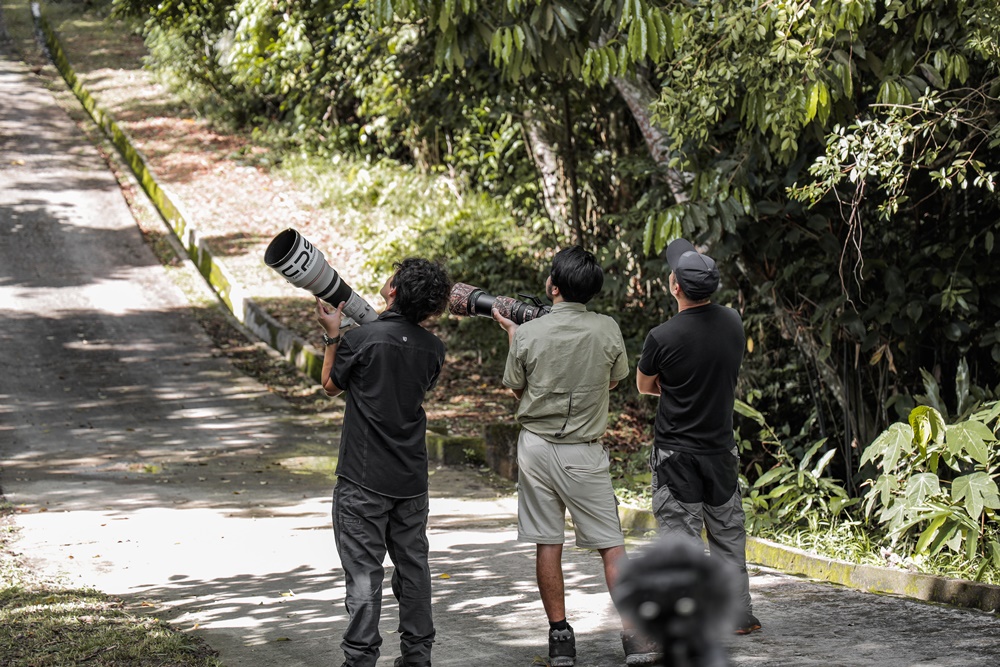
Best Time for Birdwatching
Overall, for the best birding experience, May to October is the optimum time because of the fruiting season, and this is when Borneo’s fruit-eating birds’ breed.
Heavy downpours take place during the monsoon season from October to February. Still, Sabah can be visited all year round, with a varying climate between the island, rainforest, and mountain environments.

Overall Recommendation
It is recommended that you take a day extra for your arrival so that you can do a final checklist before you embark on your birding tour around Sabah. This way, if you need anything extra, you can still get it after you have arrived.
It is also recommended that you arrive in Sabah before lunch, so you have time to check-in, speak to your guide, do a final check and get what else is needed from around the city.
In many cases, birders will arrive and start birding on the same day, which is quite a rush, especially if you just took a long flight. After all, it would also be nice to explore the local sightseeing while you are here.